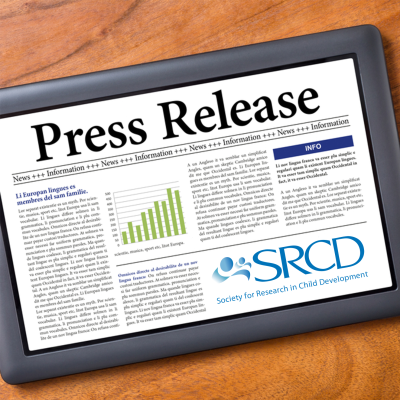Homelessness, High Mobility Threaten Children’s Achievement
PRESS RELEASE / CHILD DEVELOPMENT: Embargoed for Release on October 30, 2012
Children who are homeless or move frequently have chronically lower math and reading skills than other low-income students who don’t move as much.
That’s the finding of a new longitudinal study on children’s risk and resilience conducted through a university-community partnership by researchers at the University of Minnesota, the Minneapolis Public Schools, the University of Pennsylvania, the University of Iowa, and Hong Kong Sue Yan University. The study appears in the journal Child Development.
About one million American school children are homeless each year, and many more are thought to move frequently. This study looked at more than 26,000 students in the Minneapolis Public Schools, a large, urban district, to examine whether homelessness and frequent moving over a six-year period are related to learning, beyond the risk of poverty.
The researchers found that students who were homeless at some point during the six-year study or moved a lot (making three or more moves in a year) had persistently lower levels of reading and math achievement in elementary and middle school compared to other low-income students and their more advantaged peers. These achievement gaps either stayed the same or worsened as students approached high school, even when the researchers took into account other factors. Students also made slower gains in math achievement during the years they were homeless or highly mobile compared to years when they were not homeless or didn’t move as often.
Even though children who were homeless or highly mobile showed low achievement as a group, there was striking variation in the achievement of individual children, with 45 percent scoring within the average range or better on these skills. This finding suggests that many children who are homeless or move frequently nonetheless show academic resilience.
“Understanding their successes may offer clues for strategies to address achievement problems in their peers,” suggests J.J. Cutuli, a researcher at the University of Pennsylvania and the study’s lead author. “Alleviating problems for these students requires simultaneously addressing short-term risks tied to homelessness or moving frequently and long-term risks associated with chronic poverty and disadvantage. One starting point may be understanding the protective influences that keep many of these children on track academically.”
The researchers used administrative data (such as test scores, attendance, and eligibility for free and reduced-price meals and special services) on all 3rd through 8th graders in the district, comparing students identified as homeless or highly mobile to other students receiving free meals, students receiving reduced-price meals, and students who did not participate in the federal meal program. Achievement was gauged by looking at reading and math achievement scores on annual standardized tests.
The study was supported in part by the Center for Neurobehavioral Development at the University of Minnesota, the National Institute of Mental Health, the National Science Foundation, the Center for Urban and Regional Affairs at the University of Minnesota, and the Institute of Education Sciences.
###
Summarized from Child Development, Volume 84, Issue 3, Academic Achievement Trajectories of Homeless and Highly Mobile Students: Resilience in the Context of Chronic and Acute Risk by Cutuli, JJ (University of Pennsylvania, formerly of the University of Minnesota), Desjardins, CD, and Herbers, JE (University of Minnesota), Long, JD (University of Iowa, formerly of the University of Minnesota), Heistad, D (Minneapolis Public Schools), Chan, C-K (Hong Kong Sue Yan University, formerly of Minneapolis Public Schools), Hinz, E (Minneapolis Public Schools), and Masten, AS (University of Minnesota). Copyright 2012 The Society for Research in Child Development, Inc. All rights reserved.


